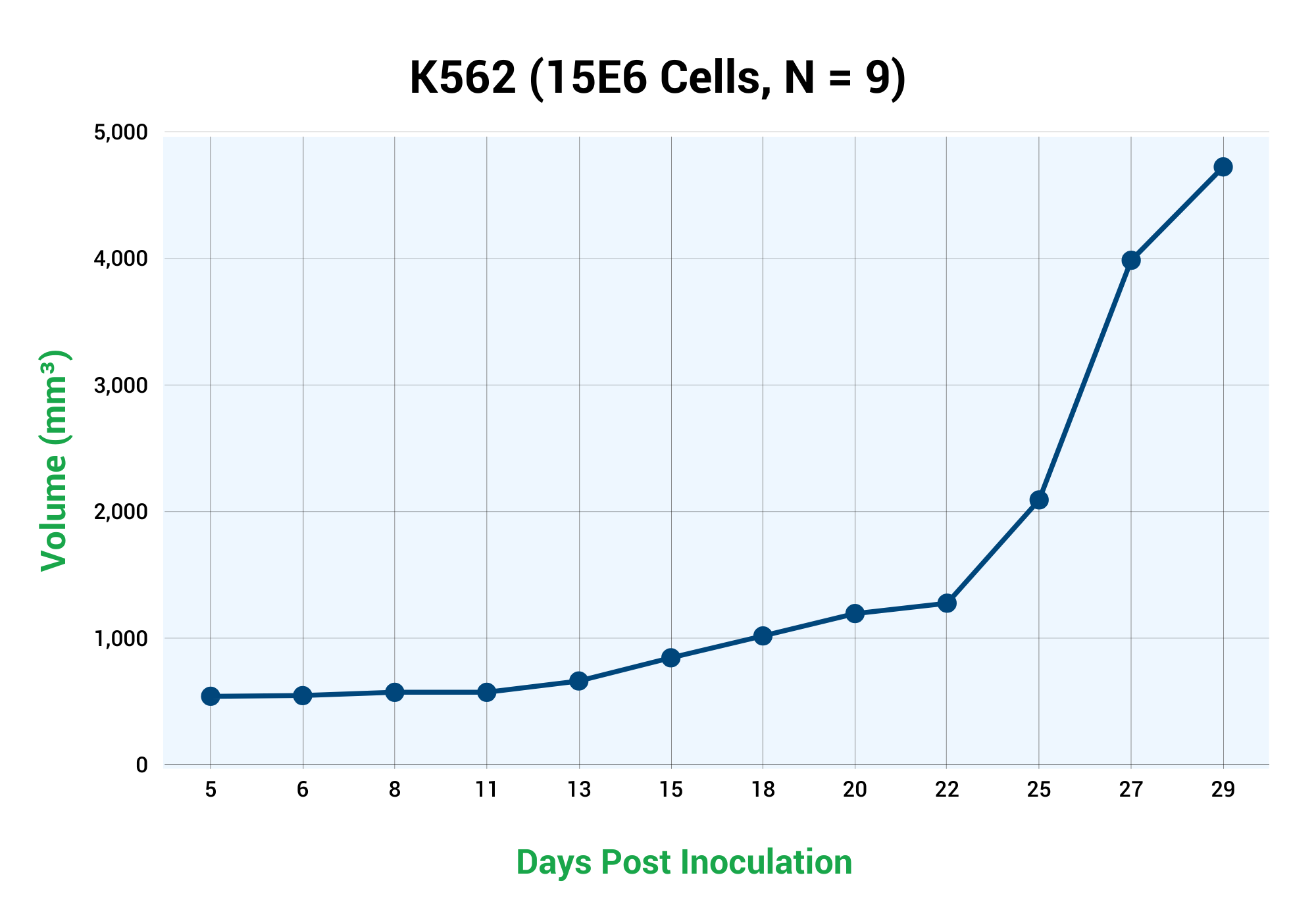About K-562
The K-562 cell line is a highly undifferentiated human erythroleukemia line that was derived from lymphoblast cells isolated from the bone marrow of a 53-year-old female patient with chronic myelogenous leukemia. These cells are typically grown in suspension and are widely utilized in immune system disorder and immunology research. K-562 blasts exhibit multipotentiality and are capable of spontaneously differentiating into recognizable progenitors of the erythrocytic, granulocytic, and monocytic cell series. These characteristics make K-562 cells an attractive model system for studying hematopoietic malignancies and immune system development.
Notably, K-562 cells carry the bcr-abl translocation (t(9;22)(q34;q11)), a genetic mutation that is commonly found in chronic myelogenous leukemia. This mutation results in the fusion of the BCR and ABL genes, leading to the expression of a chimeric protein that drives the uncontrolled proliferation of leukemia cells. K-562 cells are therefore an important tool for investigating the molecular mechanisms underlying the development and progression of chronic myelogenous leukemia, and for testing the efficacy of drugs that target ABL signaling.
K-562 Tumor Kinetics in the SRG™ Rat

While K-562 cells are tumorigenic in nude mice, their tumors are not well characterized in the SRG rat.
Products & Services
Xenograft Efficacy Studies
Includes collection of blood, tissues & tumor for ADME, PK/PD and analysis.
(Bi)weekly Tumor Sampling
Via fine needle aspiration (FNA). For longitudinal evaluation of drug exposure, histology and gene expression.
OncoRats
Cutting edge models optimized for engraftment.
Get help with your research by scheduling a call with Hera.
References (MLA):
- Kumar, Ajeet, et al. “Philadelphia Chromosome- Positive Myelodysplastic Syndrome with Single Lineage Dysplasia.” Cancer Genetics Journal, 7 May 2023, www.cancergeneticsjournal.org/article/S2210-7762(23)00033-9/pdf.
- Kweon, SoonHo, et al. “Expansion of Human NK Cells Using K562 Cells Expressing Ox40 Ligand and Short Exposure to Il-21.” Frontiers, 5 Apr. 2019, www.frontiersin.org/articles/10.3389/fimmu.2019.00879/full.
- Machlus, Kellie, and Joseph Italiano. “2 – Megakaryocyte Development and Platelet Formation.” Science Direct, 2019, www.sciencedirect.com/science/article/abs/pii/B9780128134566000023?via%3Dihub.
